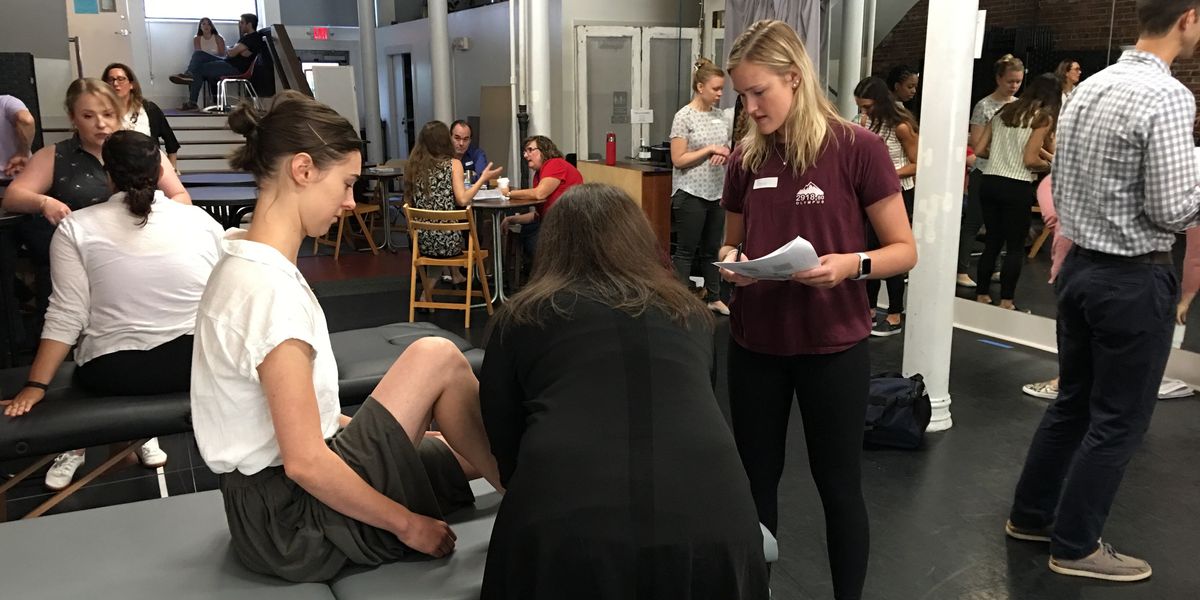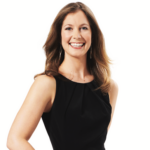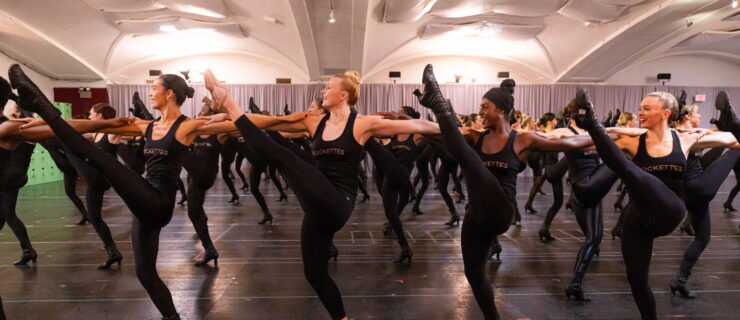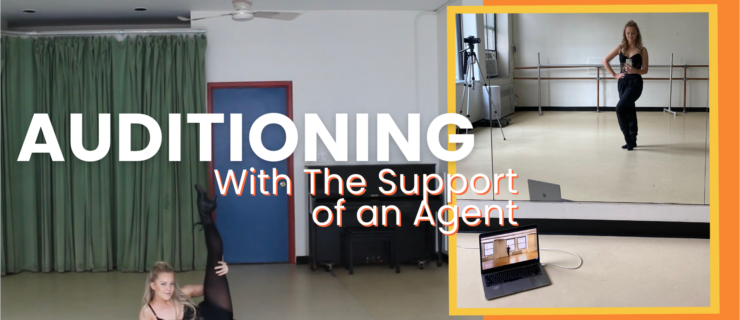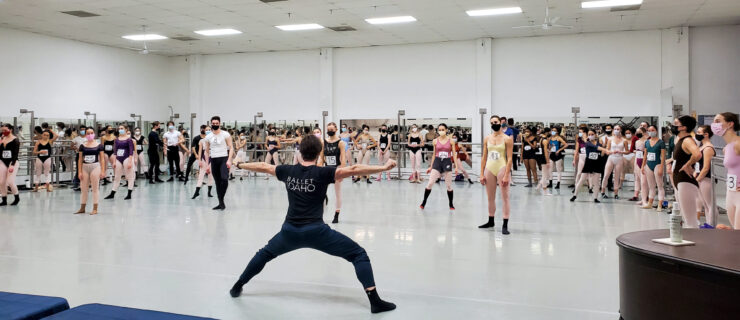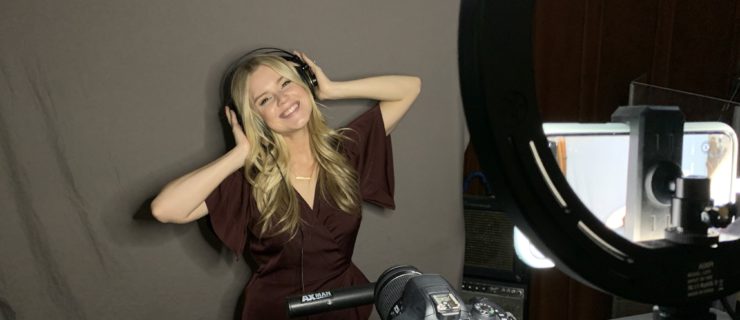Inside the Boston Event That Holds Wellness Screenings and an Open Call Under the Same Roof
With numbers pinned to their chests, 27 dancers are trying to figure out how to syncopate their steps without falling behind the music. Jazz teacher Jeannette Neill encourages them to lean into their left hip as they make a quick change of directions. “What is jazz?” she asks. “You have to do something musical with your body. It needs a little dimension.”
Meanwhile, in a studio directly underneath, one dancer is diligently hopping on one foot, while behind her, another is struggling to balance as she pliés in an “airplane” position. Both are being closely watched by clinicians who are marking a worksheet whenever the dancers hike a hip or buck their trunk.
It’s Boston Dance Alliance’s yearly open call, which now runs concurrently with its Dancer Health Day. The two events, which happen shortly after Labor Day, have become an invaluable resource for the local dance scene.
“The idea is that there are new dancers in the community that nobody knows,” says BDA executive director Debra Cash, “and there are companies or projects that dancers may not know about.” The audition brings them together through a daylong series of $5 master classes in ballet, contemporary, jazz/musical theater and African/Afro-diasporic at the Dance Complex in Cambridge, Massachusetts. (“Five dollars is just enough to get people to actually commit—and to pay for the studio rentals and teachers’ honorariums,” says Cash.) Around 30 directors and choreographers observe some or all of the classes, then give BDA the numbers of the dancers they want to contact, whether right away or for future projects.
Downstairs, the donation-based Dancer Health Day offers freelance and recreational dancers a screening similar to the one that Dance/USA’s Taskforce on Dancer Health designed for professional companies. About half of the 40 or so dancers who attend are already at the Dance Complex for the audition; others come simply to be seen by a dance medicine professional who can identify imbalances and offer corrective exercises. Because these clinicians know what stresses dance places on the body, they can help identify biomechanical problems that another doctor might miss, explains Dr. Lauren Elson of Spaulding Rehabilitation Network’s dance medicine program, who heads the Dancer Health Day.
“A doctor might tell you to take time off to let an injury heal, but if the motor pattern is unchanged, that injury is just going to come back,” says physical therapist Kester Cotton, a former San Francisco Ballet dancer who also works at Spaulding. Having access to someone who speaks a dancer’s language can be an especially rare opportunity for freelancers who might not have extensive health coverage.

And whether they’re looking to book jobs, or simply want a cheap class, all dancers are invited to take as many master classes as they want. Rachel Bobek, who came for ballet, contemporary and jazz, also attended the previous year’s call shortly after graduating from Point Park University, leading to multiple offers throughout the year. “I got to perform in an opera, which I wouldn’t have even known to audition for,” she says. She also booked her now-regular company gig with Natalie Johnson Dance.
For directors, the call is an efficient way to scout without having to set up their own audition. Joe Burgio of Ensemble InEdit, a multidisciplinary improv group, says he invites anyone he sees potential in to take company class or join a rehearsal. He has worked with eight dancers from the open call over the past five years, including two who still perform with his company today.
The one thing missing from these master classes? That abundance of nerves that usually percolates through the air at auditions. “I love that this is in a class structure,” says Bobek. “You don’t have a specific idea of what directors are looking for, so you just have to really be yourself. It makes it less stressful.” With no cuts, and only a general idea of who’s hiring, the vibe is distinctly chill. There’s even a table of sandwiches, oranges and granola bars with a sign that simply reads “Take an item, leave a donation.”
“This is not high stakes. It’s not the be-all-end-all of any pro’s dance life,” says Cash. Instead, it’s simply a way for those in the local scene to connect—and grow stronger together.
